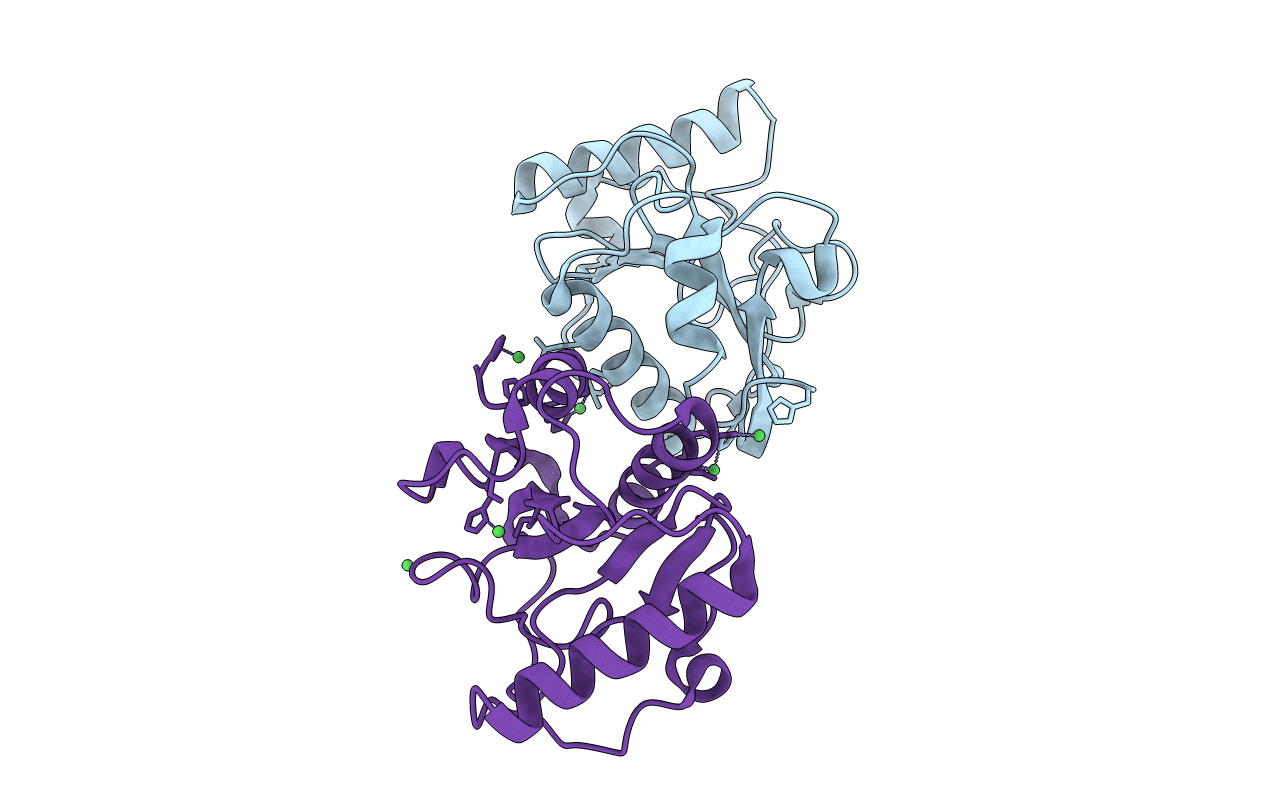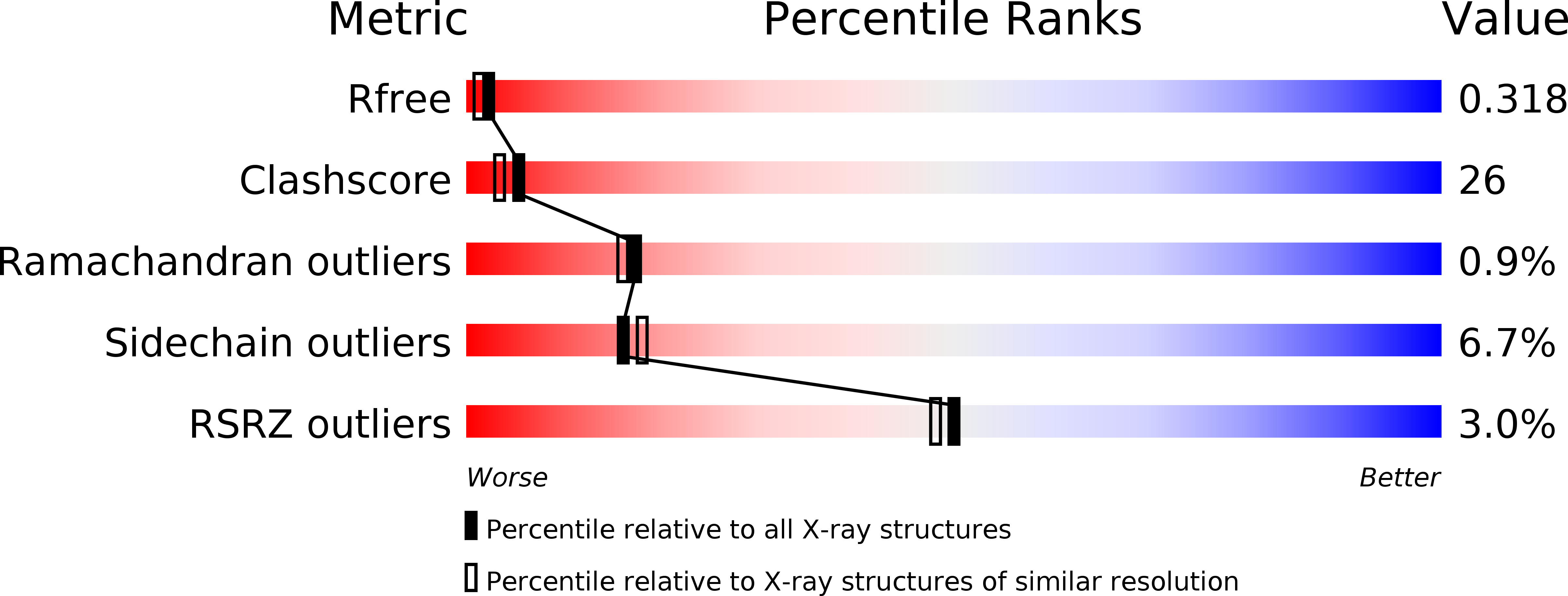
Deposition Date
2007-02-03
Release Date
2007-09-18
Last Version Date
2024-11-20
Entry Detail
PDB ID:
2EAV
Keywords:
Title:
Crystal structure of the C-terminal peptidoglycan-binding domain of human peptidoglycan recognition protein Ibeta
Biological Source:
Source Organism:
Homo sapiens (Taxon ID: 9606)
Host Organism:
Method Details:
Experimental Method:
Resolution:
2.20 Å
R-Value Free:
0.28
R-Value Work:
0.22
R-Value Observed:
0.23
Space Group:
P 21 21 2


